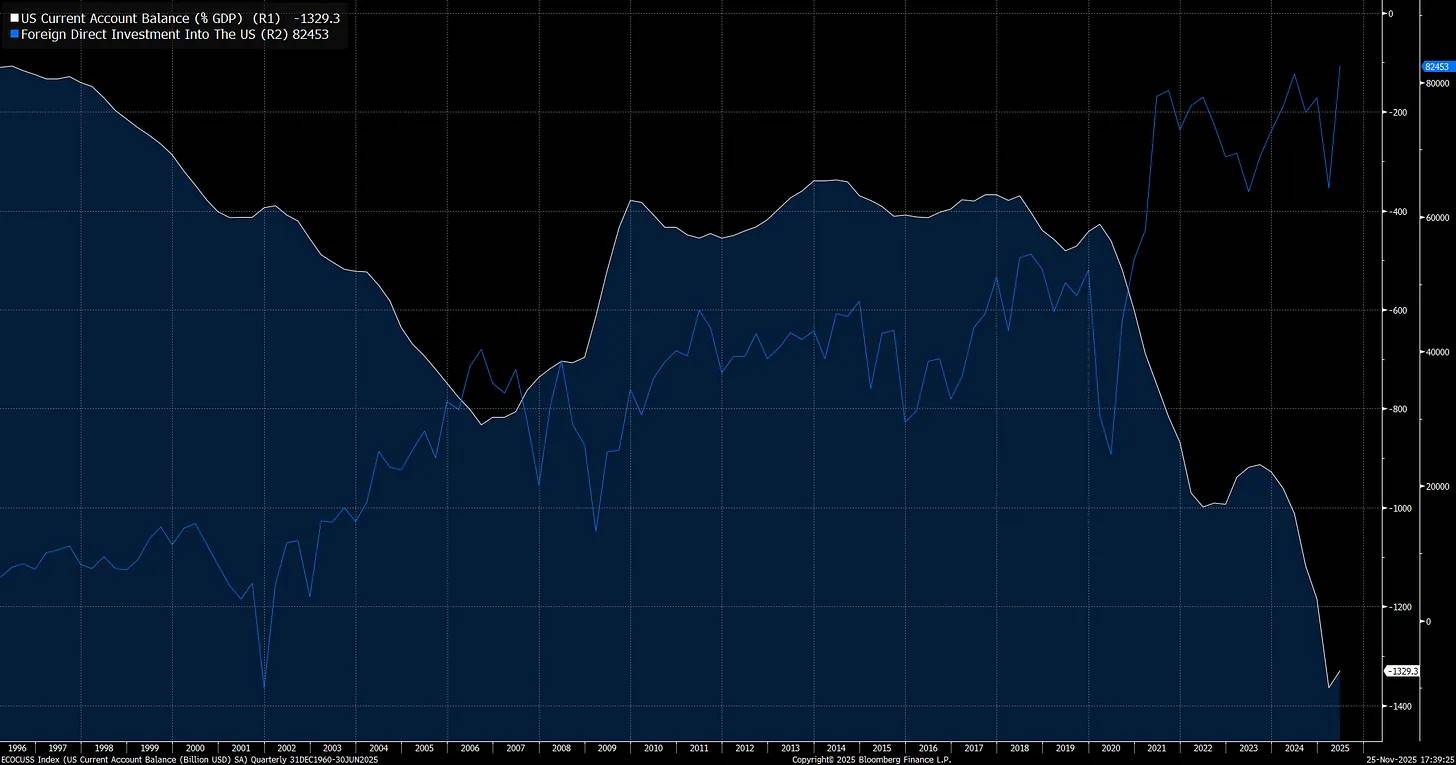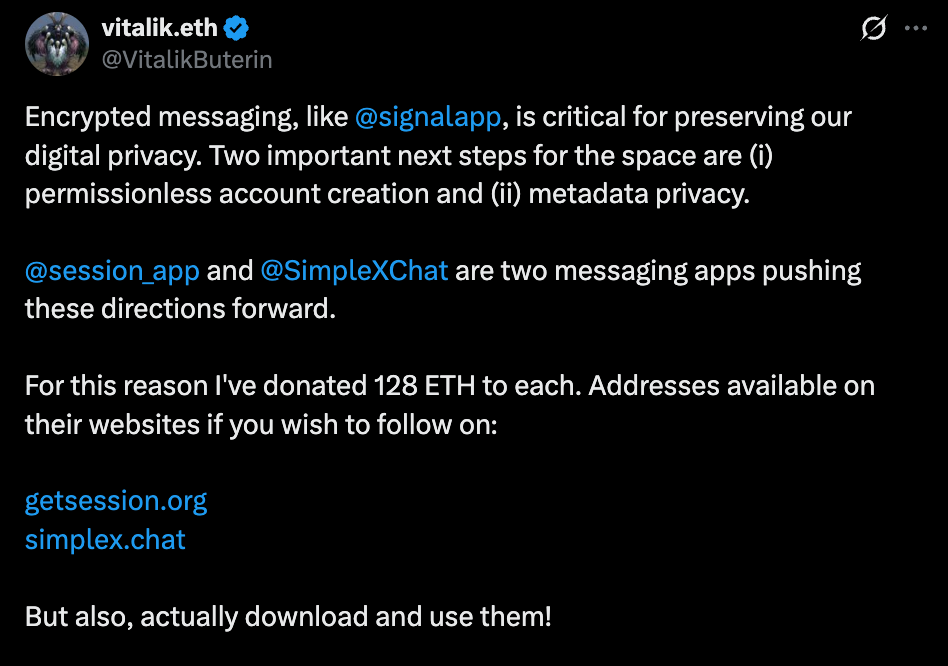Ethereum's $5,000 Upside: A Strategic Case for Positioning Now Amid Diverging Analyst Views
- Ethereum's technical indicators show resilience with 18.66% price growth and bullish moving average alignment, supporting a $5,000 target. - Institutional confidence grows via $8.5B ETF inflows and $150B staked ETH, while on-chain data reveals 1.2M ETH withdrawn from exchanges. - Dovish Fed policy and 91.5% rate cut probability create favorable conditions for Ethereum's yield-generating proof-of-stake model. - Derivatives bearishness (10.6% open interest decline) signals contrarian buying opportunity ami
In the volatile world of cryptocurrency, Ethereum (ETH) has emerged as a focal point of both optimism and skepticism. While mainstream analysts debate its near-term trajectory, a compelling case for contrarian bullish positioning is taking shape. This argument hinges on a divergence between short-term derivatives bearishness and long-term on-chain strength, amplified by macroeconomic tailwinds that align with Ethereum's structural evolution. For investors willing to look beyond the noise, the path to $5,000 appears not only plausible but strategically advantageous.
Technical Momentum: A Foundation for Bullish Optimism
Ethereum's technical indicators paint a picture of resilience. Over the past month, the price has surged 18.66%, trading at $4,592.61 as of August 21, 2025. The 50-day and 200-day moving averages (MAs) are trending upward, with the 50-day MA acting as dynamic support on daily and four-hour charts. This “golden cross” formation—where shorter-term MAs rise above longer-term ones—typically signals sustained buying pressure.
The Relative Strength Index (RSI) at 58 suggests Ethereum has recovered from oversold conditions without entering overbought territory, leaving room for further gains. Meanwhile, the Squeeze Momentum Indicator is active, signaling a breakout from consolidation. These technical signals, combined with a Fear & Greed Index of 51 (neutral but trending toward greed), indicate growing optimism among traders.
On-Chain Strength: Institutional Confidence and Staking Yields
Beneath the surface, Ethereum's on-chain fundamentals are robust. Over 1.2 million ETH has been withdrawn from exchanges in the past month, signaling a shift from speculative trading to long-term ecosystem participation. This trend is reinforced by the staking of 30% of Ethereum's supply, locking in $150 billion in value and reducing sell pressure.
Institutional adoption is accelerating. Ethereum ETFs have attracted $8.5 billion in inflows since May 2025, with BlackRock's ETHA fund alone adding $318 million in a single day. Corporate treasuries, including BitMine's $21.3 million purchase of 4,781 ETH, are treating Ethereum as a strategic reserve asset. These moves reflect confidence in Ethereum's utility as a yield-generating asset, with staking yields of 3–5% annualized outpacing traditional fixed-income returns.
Macro-Catalyst Alignment: Dovish Policy and Risk-On Sentiment
The Federal Reserve's dovish pivot in 2025 has created a reflationary environment favorable to risk assets. With a 91.5% probability of a September 2025 rate cut, the opportunity cost of holding non-yielding assets has plummeted. Ethereum's proof-of-stake model, which generates passive income, now competes directly with traditional yield-generating instruments.
Global risk-on sentiment has further amplified this dynamic. The inclusion of cryptocurrencies in U.S. 401(k) retirement plans and the SEC's in-kind redemption approvals for Ethereum ETFs have unlocked new capital flows. Meanwhile, Ethereum's dominance in DeFi (65% of TVL) and its role in tokenizing real-world assets (RWAs) position it as a backbone for the next phase of financial innovation.
Contrarian Edge: Derivatives Bearishness as a Buy Signal
While derivatives markets show caution—open interest in futures contracts has declined by 10.6% since August 2025, and negative funding rates persist—this divergence often precedes market inflection points. Short liquidation pressure of $66 million on August 12, as Ethereum approached $4,620, highlights bearish traders' struggle against the upward trend. For contrarians, this bearish sentiment represents a contrarian edge: a temporary overcorrection rather than a structural risk.
Strategic Positioning: How to Align with Ethereum's Bull Case
For investors, the current environment offers a compelling entry point. Positioning in Ethereum ETFs provides exposure to institutional inflows and staking yields while reducing direct volatility. Diversification into Ethereum's ecosystem—liquid staking derivatives (LSDs) like stETH or Layer 2 solutions such as Arbitrum—allows capital to capitalize on infrastructure-driven growth.
Hedging strategies, such as using Ethereum options to protect against short-term volatility, can further enhance risk-adjusted returns. Given Ethereum's technical strength, on-chain accumulation, and macroeconomic tailwinds, a long-term bullish bias is justified.
Conclusion: A $5,000 Target Within Reach
Ethereum's path to $5,000 is not without risks, but the alignment of technical momentum, on-chain strength, and macroeconomic catalysts creates a compelling case for contrarian bullish positioning. As the network continues to evolve—scaling through Layer 2 solutions and tokenizing real-world assets—its role as a foundational infrastructure asset will only grow. For investors willing to navigate short-term volatility, the rewards of aligning with Ethereum's strategic trajectory could be substantial.
In a market where diverging analyst views abound, the data suggests one thing: now is the time to position.
Disclaimer: The content of this article solely reflects the author's opinion and does not represent the platform in any capacity. This article is not intended to serve as a reference for making investment decisions.
You may also like
Interview with VanEck Investment Manager: From an Institutional Perspective, Should You Buy BTC Now?
The support levels near $78,000 and $70,000 present a good entry opportunity.

Macroeconomic Report: How Trump, the Federal Reserve, and Trade Sparked the Biggest Market Volatility in History
The deliberate devaluation of the US dollar, combined with extreme cross-border imbalances and excessive valuations, is brewing a volatility event.

Vitalik donated 256 ETH to two chat apps you've never heard of—what exactly is he betting on?
He made it clear: neither of these two applications is perfect, and there is still a long way to go to achieve true user experience and security.

Prediction Market Supercycle
